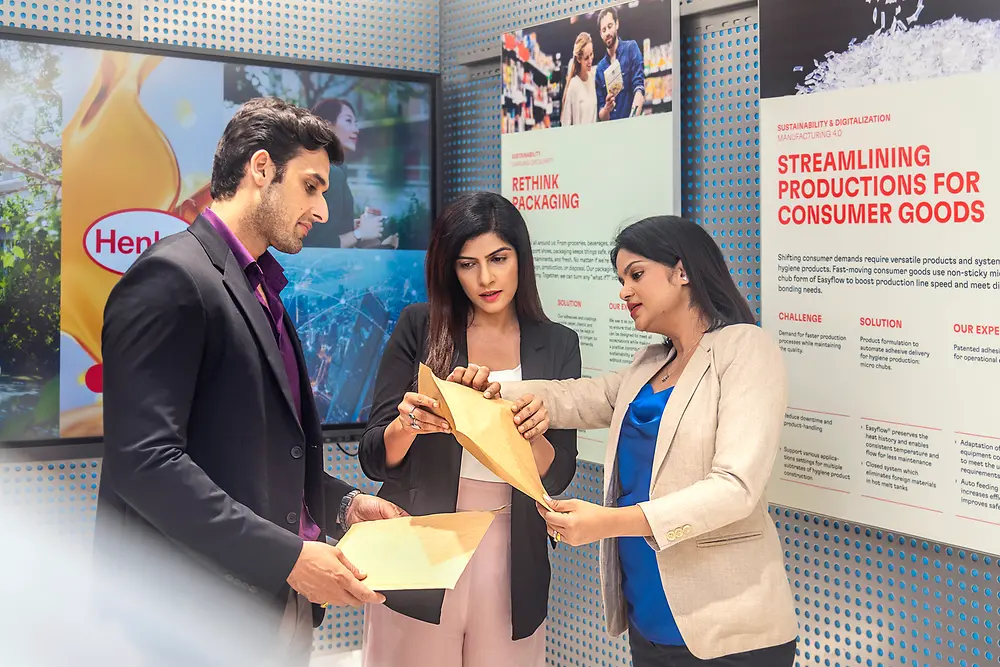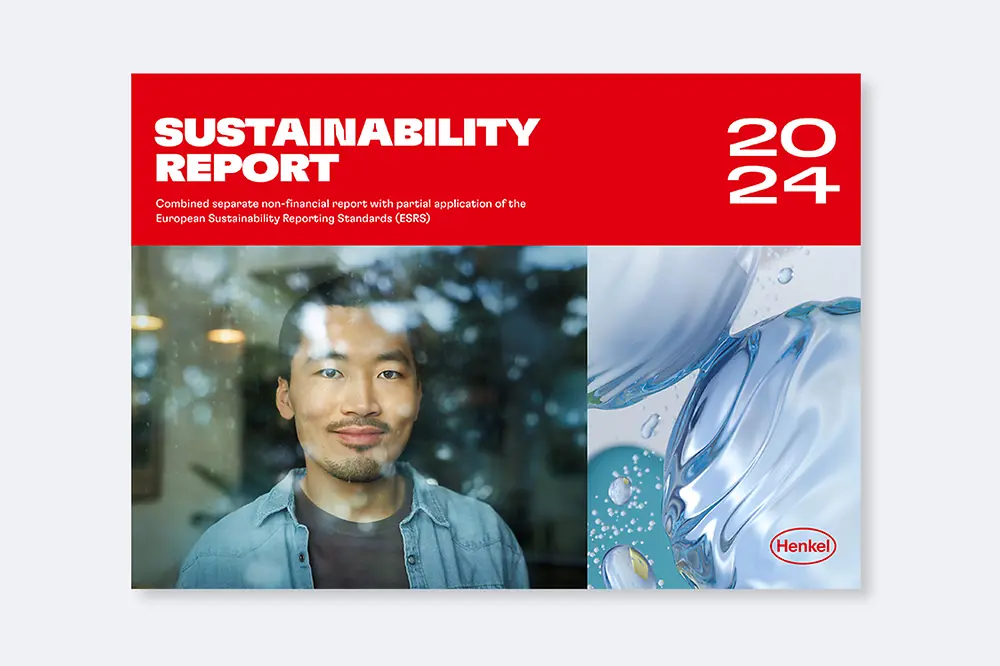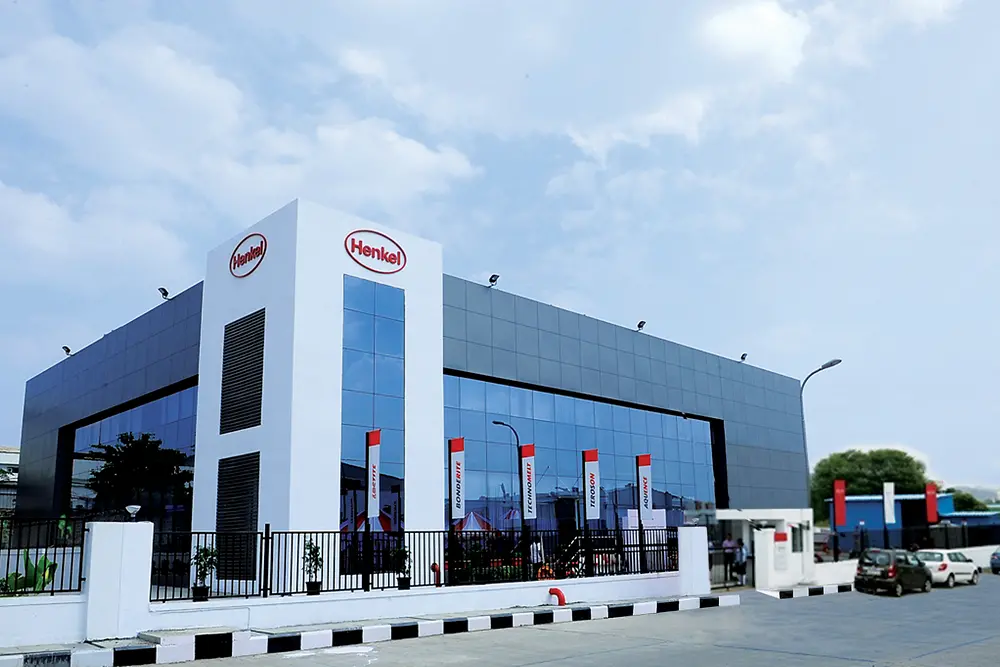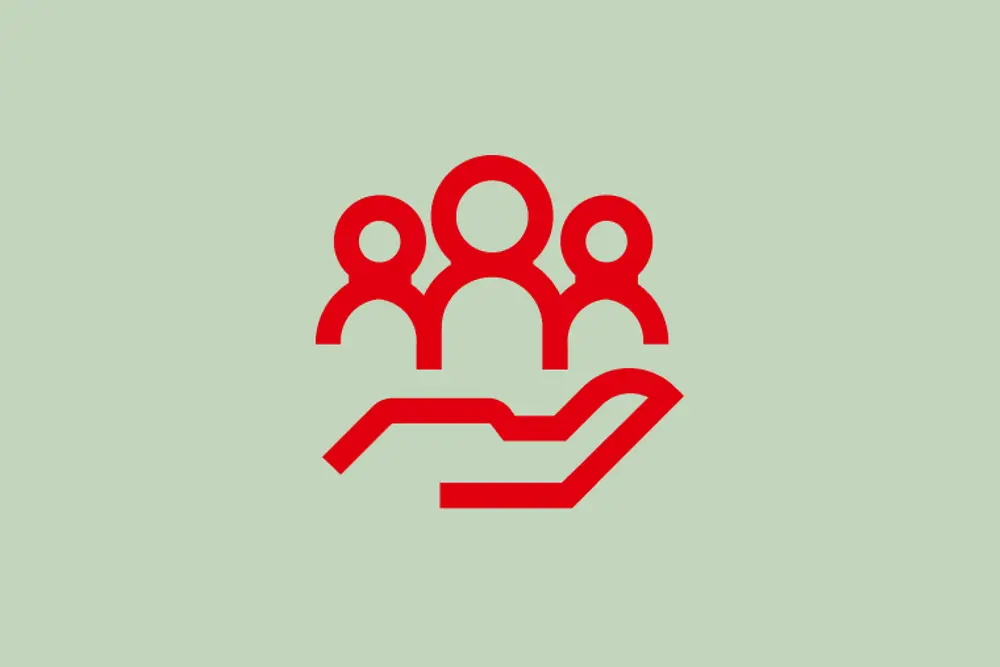At Henkel, we see sustainability as a constant endeavor to make progress on present topics and keep learning about new issues, based on scientific knowledge. Global climate change is one of the greatest challenges humanity is facing today, requiring urgent and ambitious action. It is also critical to protect and regenerate our resources and life-support systems like forests, water and biodiversity, for present and future generations. At the same time, we are seeing global poverty and social inequality increase, which in turn jeopardizes human rights and the basis of social coexistence. And in the process, we acknowledge that companies like Henkel play a role in meeting these challenges and bringing about transformational change.
Our corporate purpose defines the common ground that unites all of us at Henkel: Pioneers at heart for the good of generations. With our pioneering spirit, our knowledge, our products and technologies, we want to enrich and improve the lives of people every day and shape a viable future for the next generations.
Sustainable business practices have been an integral part of our company culture for decades, and are also a central element of our vision of the future. Together with innovation and digitalization, sustainability forms the core of our corporate strategy, the Purposeful Growth agenda.
We will build on our particular strengths, such as the innovation of our business units, the comprehensive knowledge of our employees, as well as various contact points of our products and technologies with customers and consumers. We intend to work with others to create fundamental change.
We link our 2030+ Sustainability Ambition Framework to the high aspiration of achieving a “Transformational Impact for the Good of Generations“. The framework spans the three dimensions of ESG.









